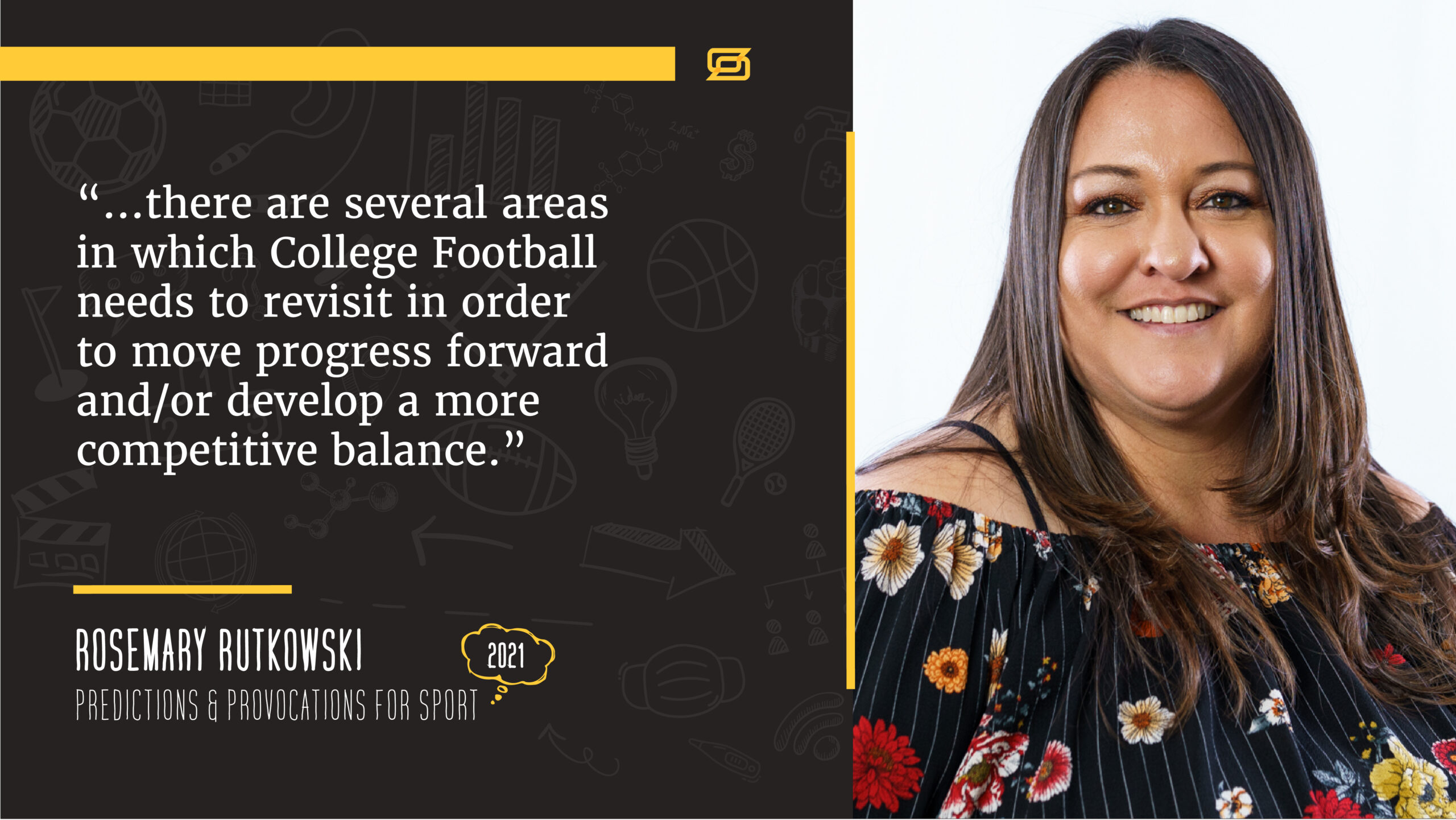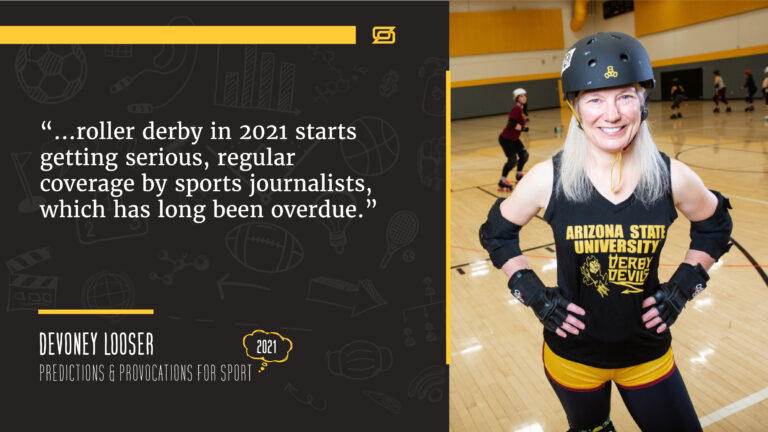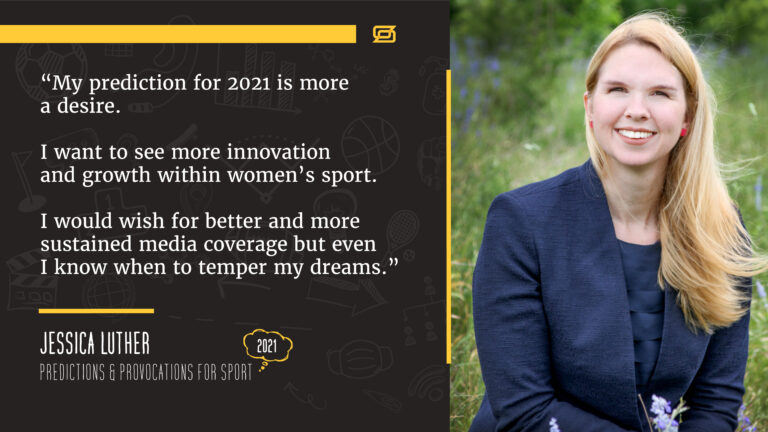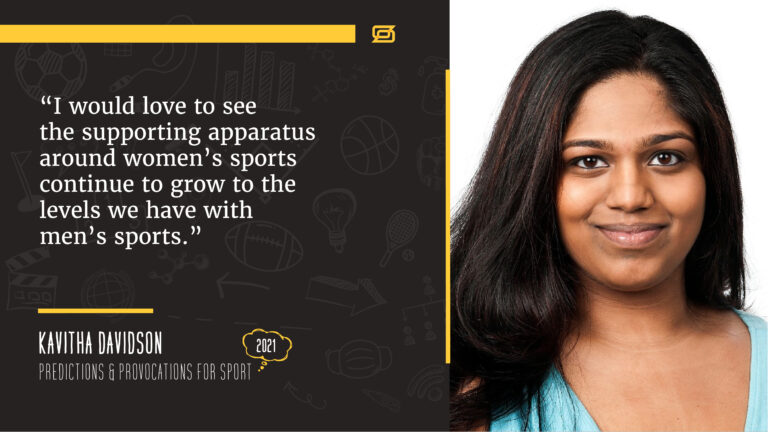Looking Forward To A Sense of Normalcy
College Football
As we look forward to a sense of normalcy or normalcy adjacent with respect to Coronavirus, getting back to Friday/Saturday College athletics, specifically Football is paramount. All sports in our country are important and serve a valuable economic and social purpose, but most astute observers will concur that Football moves the needle. College Football has a long, rooted history of standing by its tradition and beliefs when it comes to governing its sport. In many instances, those structured beliefs are what makes the sport great, but it also makes the prospect of looking towards the future a painfully, slow process. Despite wanting to keep the structure of College Football intact, there are several areas in which College Football needs to revisit in order to move progress forward and/or develop a more competitive balance.
- Expand Playoff Format – While the current format maintains that it captures the four most deserving teams in the country, we typically have a year over year debate about teams 5, 6, or 7 that feel they were left out. Moreover, teams 5, 6, or 7 can come from a non-Power 5 conference, which adds an additional layer of complexity to the conversation. While there have been many studies on what a 8, 12, or 16 team playoff format would look like and the challenges associated with the ever-important Student/Athlete component, but forgoing a few fringe College Bowl games for the greater good of expanding the college playoffs would be very beneficial. An 8 team structure could work and it would not present any new, unforeseen logistical obstacles.
- Competitive scheduling – An argument can be made whether the current playoff format truly captures the four best and most deserving teams or does it reward teams that are undefeated. In a perfect scenario, those two positions would intersect and you’d get the four best teams with the best record. Unfortunately, the current format is set up to penalize teams with a single loss, so teams are forced to schedule lesser opponents, to avoid such a negative blemish. What that generates is far too many Power 5 teams scheduling games against Directional school. The Playoff aspiring school gets a layup and a statistical pad for their year-end stats, while the lowly Directional school gets a payday and the honor of saying they lost to Powerhouse University 73-0. The match-up is a smokescreen. It’s a safeguard measure for the favorites, but it penalizes the fans from seeing a competitive contest amongst two powerhouses.
- Transfer Portal – Right now, the oversight committee or governing board that approves/denies Student-Athletes entering the transfer portal, needs more transparent guidelines for their rulings. What constitutes unfair or hardships towards students entering the transfer portal is anyone’s guess. The guidelines used for each situation seem to be arbitrary. How or why a student-athlete is denied and/or approved is too much in the ether.
College Basketball
Over the past 25 years, we’ve seen seismic changes with respect to the NBA. Allowing High School athletes to make the jump into the NBA has had a profound impact. Players like Kobe Bryant, Kevin Garnett, and LeBron James have thrust onto the scene and have put together legendary careers, but for everyone one superstar, there are dozens of athletes that never came close to their reaching their potential. The reasons for their spiraling careers are vast, but the fact remains, very few can reach those lofty heights. Having seen what was transpiring and the ever-growing numbers of HS athletes to fizzle out, the NBA instituted rules to mitigate HS athletes from making the jump to the NBA. As a result, the age of the one and done was born. The grand design behind the premise of the one and done was to expand the maturation process for the HS athlete. Funnel them through college for a minimum of one year. Those athletes that have the necessary skill set would move onto the NBA, while those middle-tier players could continue to flourish as student-athletes both academically and athletically.
As a whole, the concepts sound solid, but unfortunately, there are fundamental issues that should be addressed. Whatever resources a player uses (both internal and external) to help formulate a decision to forego years of eligibility and enter their name into the upcoming NBA draft, players must understand the ramifications of hiring an agent and turning pro. In doing so, they are no longer eligible to return to college if the NBA draft process does not match up based upon expectations. Too often, athletes are told they will be part of the lottery draft process, only to find out they are not drafted or drafted well behind their expectations.
Again, as a result, they are not eligible to return to school advancing on their degree and/or improving upon any shortcomings within their game. What suffers of course is the athlete, but also the game of College Basketball in total. There needs to be a mechanism to allow those players an avenue to return to school. It is a slippery slope when the lines of professional and amateurism get blurred, but what’s at stake is an 18-20 year old that misread his skills translating into the next level, along with a flurry of external information he’s receiving. The one and done rule heavily benefit the NBA. They use the College game as their minor leagues to help grow and improve their brand. There are G and D leagues, along with Oversees leagues those players that misread their value within the draft can explore, but it seems clear future discussions should be had about developing a path that would allow recently draft, enrolled players an option to return to school.
NFL
Because the NFL is a cash cow, it’s no wonder why owners, investors, and advertisers continue to seek ways of adding and expanding their product. For years, they have been pushing for additional games into their schedule. Players have balked at the idea of adding games, whether it’s preseason or the regular season. In many cases, preseason games are almost ticketed at the same price as regular season games, despite the vast amount of backup and subs that play sizable amounts of time during the game.
Coaches are using those games to evaluate their roster and identify depth, yet owners are charging the consumers almost full value for the experience. Because of the physicality associated with football and the physical and mental preparation needed to play a game, the schedule does not allow for teams to play a schedule like other sports. That time between games is necessary for recovery, treatment, and game-planning for your next opponent. The advent of Thursday Night Football was meant to provide those diehard fans a stop gap or bridge to the upcoming weekend.
I suspect, on the surface, it provided the same jolt to the nationwide followers as the introduction of Monday Night Football. For the non-players, it added another round of marketing and advertising possibilities. Unfortunately, for the players, it has brought about new injuries and/or prolonged injuries for those athletes trying to push through existing aliments. A midweek contest in football is not sufficient time for teams that are trying to recover from injuries. It puts a greater risk of players getting injured and it hinders a team’s chance for making a deep run in the playoff. The strain on the teams depth and possibility of missing out on star players does not outweigh the financial benefit of hosting a midweek game. The NFL should look long and hard about discarding Thursday Night Football.
- Concussion protocols – With an increased emphasis placed on player safety, I’d like to see more articles and interviews from NFL personal on how they are attempting to teach proper fundamentals down to the College and HS levels. Based upon the research and studies performed specific to concussions, it would be nice to see what steps are being taken at the lower levels of the football world to ensure proper techniques are being taught.
- Catch rule – The NFL generates billions of dollars annually and yet we can’t find a method for determining what is a catch.
MLB
There are many pros and cons specific to sports leagues that operate within the confines of a salary cap. There are many versions: hard cap, fixed cap, modified cap, etc.. as well as, a no cap (notwithstanding luxury tax implications). That said, Major League Baseball has operated for years without a true salary cap. It wasn’t until recently (last 25 years) did we have an imposed luxury tax placed on teams in baseball. For years, we had the haves and the have nots. Those teams that spent to win and those teams that didn’t or elected not to spend. For fan bases, it was maddening. They’d lose out year after year on free agents and/or lose their homegrown talent to other organizations, simply because they couldn’t afford to keep their most talented players. As a means of maintaining a more competitive balance in the greatest sport on earth, they need to institute a Salary Cap minimum. Teams that failed to spend up to the minimum would be imposed a penalty. The opposite of exceeding the luxury tax maximum, but it would work much the same way. It would force organizations to spend up to the minimum, thus creating a more competitive balance within the league. You could reduce international pool money allotted for teams and/or reduce draft picks as other alternative deterrents. Regardless, teams must be required to maintain a minimum level of operating expenditures on player salaries.
What the Covid-19 pandemic taught us about sports, baseball specifically, is that some rules needed to be modified. Some were out of necessity and others were largely needed as a byproduct of a shortened season.
- First, the universal DH is staying or should stay. Whoever is the traditionalists, they should be flushed out and mocked for thinking that pitchers batting is a good thing. I realize that we have a few pitchers that take their hitting seriously, but unfortunately, there are too few of those to overcome the overwhelming carnage we see night in and night out. Out with the old. Universal DH…
- Scrap the 7 inning game. It grew some momentum because of the vast amount of needed double-headers. It made perfect sense trying to squeeze a full slate of 60 games with teams succumbs to a rash of positive tests, however, under normal circumstances, we don’t need or want 7 inning contest. It tweaks the integrity of the game too much and significantly alters the strategy. So long 7 inning games…..
- Starting a runner on 2nd base in extra-inning contests. I’m for it, but not in the first extra inning. I would comprise and state after the 12th inning a runner would be placed on 2nd base. We have modified OT rules in College football (must go for 2pts after the 3rd OT), so we can institute a runner after the 12th inning. Overextending pitchers can lead to injuries, so I would be in favor of attempting to win the game under standard rules, but after the 12th, a runner is on second.
- Modify the defensive shift. For most casual observers, they’ll ask why can’t a player just hit the ball to the opposite side of the field where no one is standing, and while that is a true observation, I would argue that It’s more difficult than it looks, especially when a pitcher is only throwing you pitches that will evoke a hit into the shift. Institute guidelines for shifting players. We already have too many K’s in the game, we need more hits and runners on base.
- Add a second bag onto the First base. Baseball has been played for more than 125 years and we still don’t know where a runner is supposed to run down the first baseline. On a nightly basis, players are called out for running in or out of the bath path towards first. It varies by game by game, and umpire by umpire. A second bag would give a defined lane for the runner and it would reduce the possible player entanglement at first. If the second bag is not in favor, then develop clear, precise rules for what is a runner's lane towards first. It was a monumental play in the 2019 World Series. It should not be left to interpretation.
Sport Betting
Sports betting plays such a significant role in our country and around the world. Billions of dollars are wagered on just about every facet of sports. Full game, half-game, live betting, over/unders, money line, etc. The list goes on and on regarding the various ways folks can bet on sports. In the United States, we have long been slow to open the door to state-regulated betting. It was always funneled into Vegas or Atlantic City and a myriad of “illegal” betting operations from coast to coast. In the early part of 2018, the Supreme court ruled in favor of sports betting around the country. States are working feverishly to implement regulations to accept sports betting. They know the financial stakes that are at play. With that said, is peer-to-peer or P2P sports betting ready to replace what we know of traditional sports betting today. With more and more advancement in technology and the various tech-savvy population, it stands to reason that a new way of online betting might be the way of the future. The more accessible sports betting can become the more people it will attract.
Rosemary Rutkowski is the Business Operations Specialist Sr. for the Global Sport Institute. In this role, she assists with planning, organizing, and coordinating the business operation functions in accordance with established goals, priorities, time, and funding limitations.
Monthly Issue
Predictions & Provocations for Sport: 2021
Although no one could have predicted all that 2020 has been, what lessons will the world of sport take into next year?
We asked some of the best and brightest minds to contribute their thoughts.






